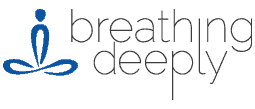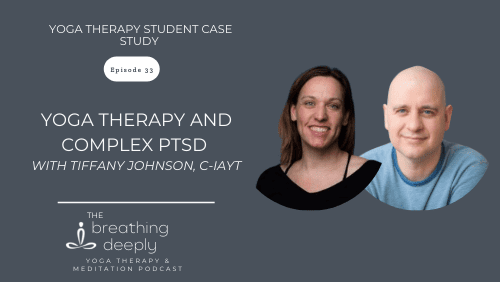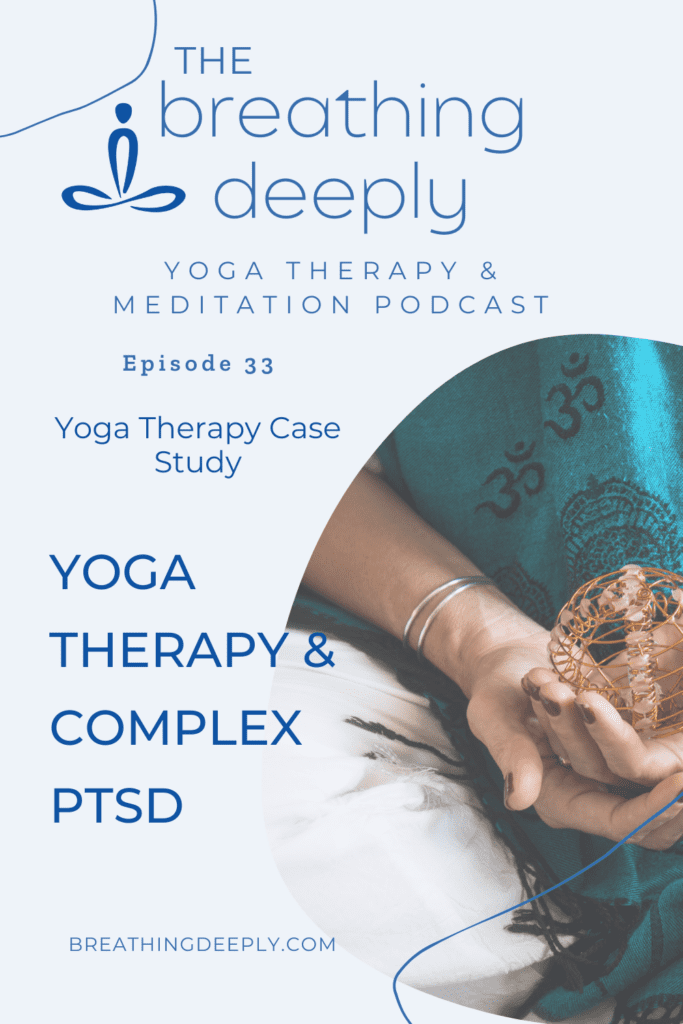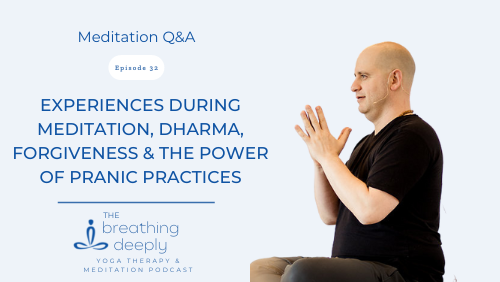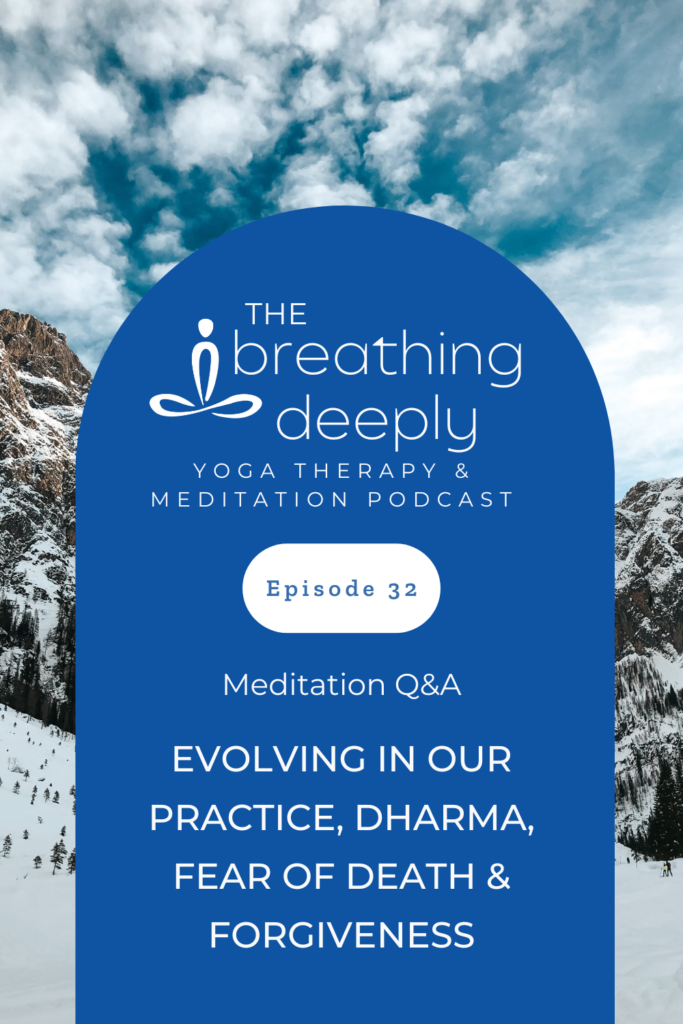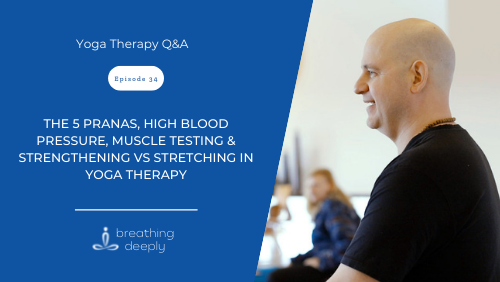
Welcome to episode 34 of The Breathing Deeply Yoga Therapy and Meditation podcast.
This clip has been taken from a live Q&A session with Brandt and his yoga therapy students.
In today’s Q&A, Breathing Deeply founder and lead teacher, Brandt Passalacqua, sits down with his students to ask their burning yoga therapy questions. The floor is open to all kinds of questions! They can relate to their personal practice, the yoga therapy foundations program, their course practicum, clients, and so on.
In this Q&A Brandt covers why the Breathing Deeply Program doesn’t cover the 5 prana Vayu practices in great detail, the benefits of pranayama and when it may not be needed energetically, and how we can use yoga therapy techniques to lower our blood pressure and maybe even get off medication. Brandt shares his personal story about healing his high blood pressure as well!
Brandt also answers questions about muscle testing during client intakes to pinpoint weaknesses and how this is more challenging to teach online.
Brandt also dives into the somewhat controversial topic in yoga therapy of strengthening over stretching and why you may not need to actually do any stretching in your practice at all!
We hope you enjoy this Q&A. Let us know in the comments any key takeaways you had and share them with someone you think it may benefit!
Om Shanthi, Om Peace
This episode covers:
- Why don’t we use the 5 pranas much in yoga therapy?
- Can I use my breath to ease hyperawareness during my practice?
- How can I use yoga therapy techniques to lower blood pressure?
- What are some tips for learning how to muscle test?
- What are some tips for doing muscle testing virtually?
- Why do we focus more on strengthening over stretching in yoga therapy?
Breathing Deeply is a Yoga Therapy and Meditation School, founded by lead teacher Brand Passalacqua in 2014. We hold online and in-person Yoga Therapy Foundations and IAYT accredited Advanced Programs and retreats along with Meditation Programs, including online meditation teacher training and certification and holistic weight loss with Being At Peace with Food.
Breathing Deeply is made up of an active and thriving community of yogis, caregivers, therapists, teachers, medical professionals, parents & children with the same intention—to serve others, lessen suffering, and co-create a new paradigm in wellness.
